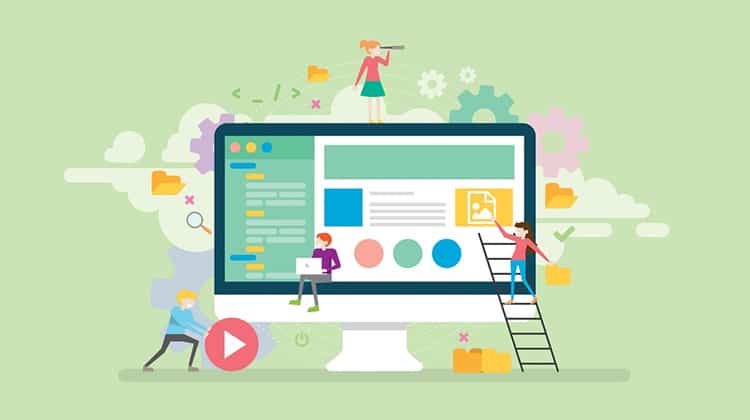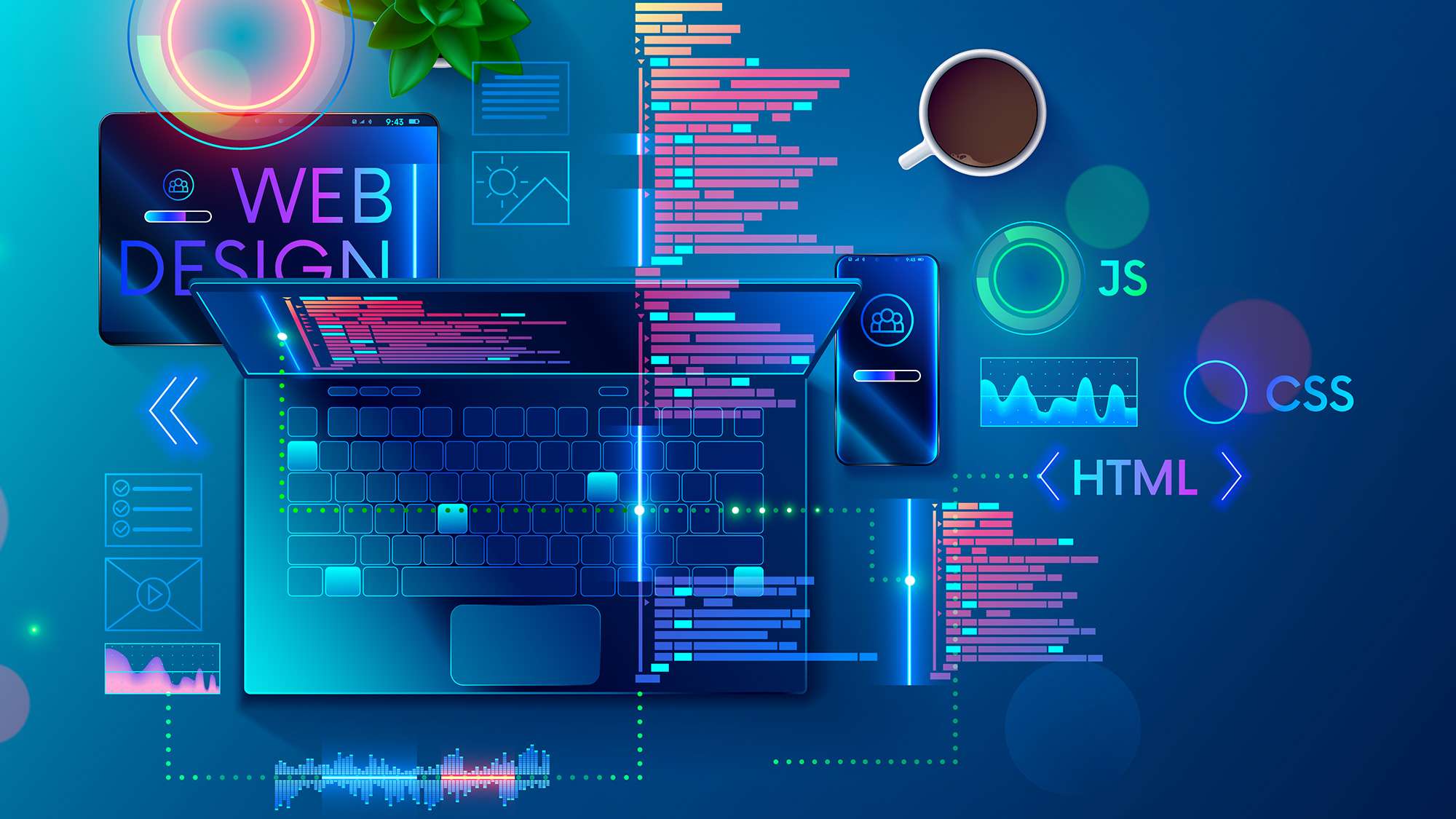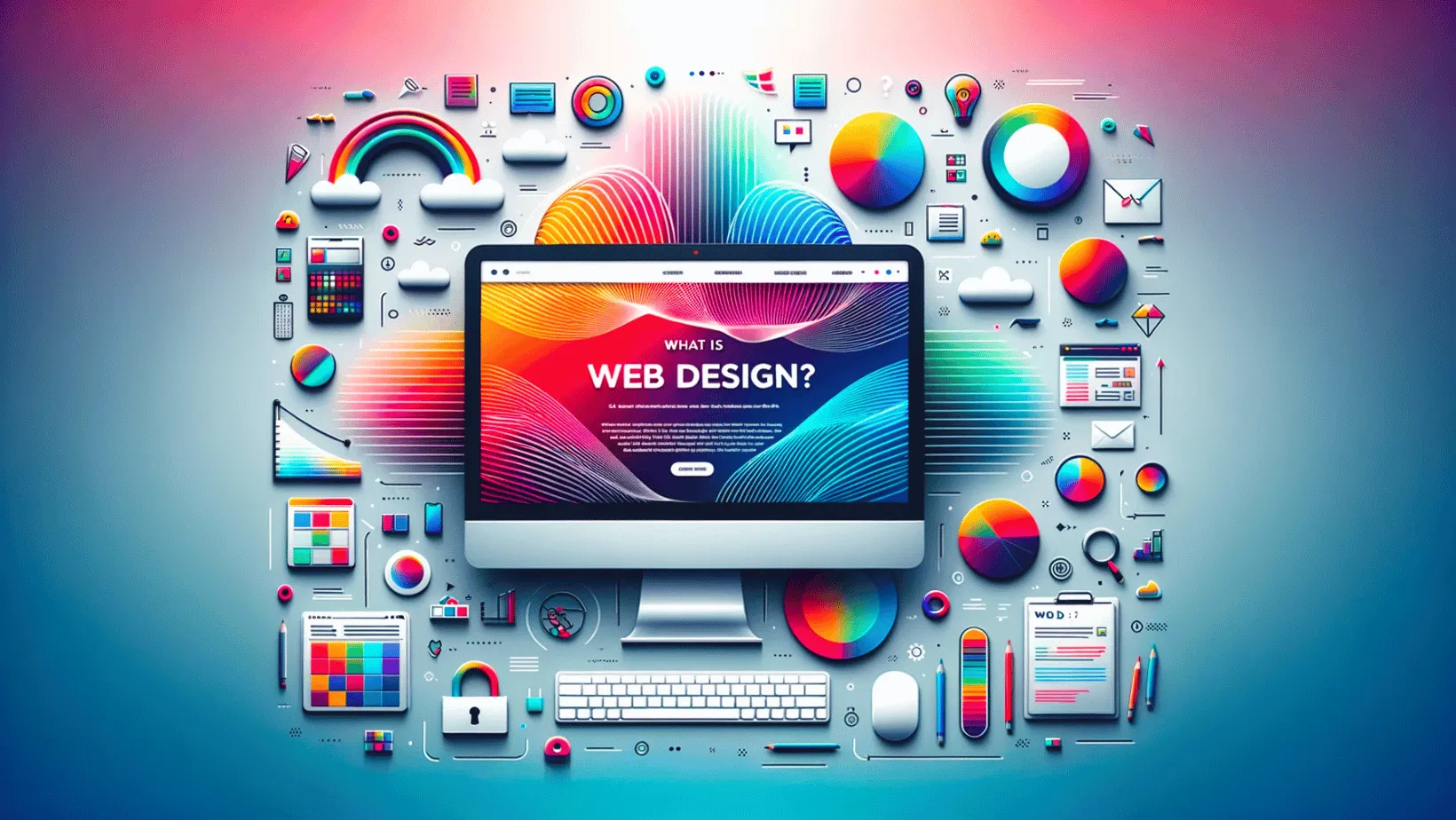Why Purchasing Specialist Website Design Increases Your Brand Name Presence
Why Purchasing Specialist Website Design Increases Your Brand Name Presence
Blog Article
Maximize Customer Experience With Cutting-edge Website Layout Solutions
In today's digital landscape, making best use of individual experience through cutting-edge website style services is necessary for companies seeking to involve their target market effectively. By accepting user-centric style principles, organizations can develop interfaces that not only satisfy individual needs however likewise enhance general satisfaction. Secret aspects such as receptive layouts, instinctive navigating, and efficient visual hierarchy play a vital role in this process. Nonetheless, the assimilation of interactive aspects can additionally raise the user trip, triggering a reevaluation of standard style strategies. When we think about the developing expectations of individuals?, what approaches might emerge.
Recognizing User-Centric Style

To carry out user-centric style effectively, it is important to carry out thorough research study, consisting of customer interviews, studies, and usability screening. These research approaches give beneficial information that educates style decisions, making certain that the end product straightens with individual expectations. Additionally, creating individual characters can assist developers envision and empathize with the end-users, guiding the layout procedure towards a lot more relevant remedies.
Additionally, iterative layout is an essential component of user-centric methods. By constantly screening and refining styles based on customer responses, designers can recognize discomfort factors and locations of improvement, bring about a much more sleek final product. Inevitably, user-centric layout is not merely a stage in the advancement process but a continuous dedication to prioritizing customer needs, leading to more engaging and reliable electronic experiences.
Relevance of Responsive Layouts
As digital communications significantly occur throughout a selection of gadgets, the relevance of responsive designs can not be overstated. A receptive format guarantees that a web site adjusts perfectly to various display sizes, from desktop displays to smartphones. This flexibility is essential in today's multi-device landscape, where customers anticipate a appealing and constant experience despite just how they access content.
The primary benefit of responsive style is improved user fulfillment. When a web site is maximized for all tools, it lessens the requirement for zooming, scrolling, or horizontal navigation, which can lead and frustrate customers to higher bounce rates. In addition, online search engine like Google prioritize mobile-friendly websites in their ranking algorithms, making receptive formats vital for effective SEO techniques.
Rather of taking care of separate variations of an internet site for different tools, a single, fluid layout can be changed, saving time and sources. Ultimately, investing in receptive designs is not just a pattern; it is an essential concept of contemporary web design that considerably enhances user experience and engagement.
Enhancing Navigating and Access
Efficient navigating and ease of access are pivotal components of a well-designed internet site, substantially influencing user engagement and contentment. An easy to use navigating framework enables visitors to discover details quickly and intuitively, minimizing disappointment and raising the likelihood of repeat sees. Carrying out clear, detailed labels for navigation web links, together with a sensible hierarchy, can assist customers flawlessly with the internet site.
Access is just as crucial, making sure that all users, no matter their disabilities or abilities, can communicate with the site efficiently. This can be accomplished via using proper color contrasts, text sizes, and alt message for images, which together boost the experience for aesthetically impaired customers. go to these guys Integrating keyboard navigation and screen visitor compatibility broadens access for customers with varied requirements.
Routine functionality testing can give useful understandings into navigating performance and accessibility concerns. By collecting comments from genuine users, designers can determine pain factors and make educated changes. Inevitably, prioritizing navigating and access not only promotes inclusivity but likewise cultivates a positive customer experience, strengthening the brand's dedication to high quality and user care in an increasingly electronic landscape.
Using Aesthetic Power Structure Properly
Visual power structure acts as a directing framework in internet site design, directing customers' attention to one of the most crucial aspects on a page. By purposefully arranging visual parts such as shade, typography, and spacing, developers can develop a clear pathway for customers to follow. This structure not only improves user experience but also enhances material comprehension.
One effective method to establish aesthetic power structure is via making use of size and range. Larger elements normally bring in even more focus, making headings and crucial visuals prominent. Complementing this method with contrasting shades can further separate key material from second information, ensuring that vital information stands apart.
Moreover, the setup of aspects plays a critical role in guiding customer communication. Using a grid format can develop a natural circulation, while whitespace helps to different web content and lower cognitive load - Website Design. This deliberate spacing allows users to process information a lot more quickly, bring about boosted interaction
Last but not least, utilizing consistent design patterns aids strengthen aesthetic pecking order, supplying individuals with familiar cues as they navigate the website. By focusing on these principles, developers can efficiently make the most of user experience, making sure that visitors can effortlessly situate the details they seek.
Integrating Interactive Components
The unification of interactive elements into web site design can dramatically boost customer engagement and total experience. Interactive attributes such as polls, sliders, and tests not only mesmerize customers however additionally promote energetic participation, making the searching experience a lot more remarkable. By encouraging customers to communicate, sites can properly preserve interest and reduce bounce prices.
Moreover, incorporating vibrant content like computer animations and float impacts adds an appealing layer of interactivity. These elements can lead individuals without effort with the site, highlighting crucial information and calls to activity. For example, computer animated buttons can attract attention and enhance click-through rates.
Furthermore, personalization with interactive tools such as chatbots or recommendation engines enables websites to provide to individual choices, fostering a feeling of connection. This tailored approach not just boosts individual fulfillment however also urges repeat visits.
Integrating analytics devices to track communications supplies useful insights into individual behavior, enabling constant renovation of the interactive elements. Ultimately, a properly designed interactive experience transforms a passive surfing session into an appealing journey, resulting in enhanced user fulfillment and commitment. Incorporating interactive elements is vital for making the most of individual experience in contemporary site design.
Conclusion

In today's electronic landscape, optimizing user experience via cutting-edge site layout remedies is essential for companies seeking to engage their target market properly. Ultimately, prioritizing navigation and availability not just cultivates inclusivity but likewise grows a positive customer experience, strengthening the brand name's commitment to high quality and customer care in a progressively electronic landscape.

In conclusion, optimizing click site individual experience with ingenious internet site style options requires a dedication to user-centric concepts. Website Design.
Report this page